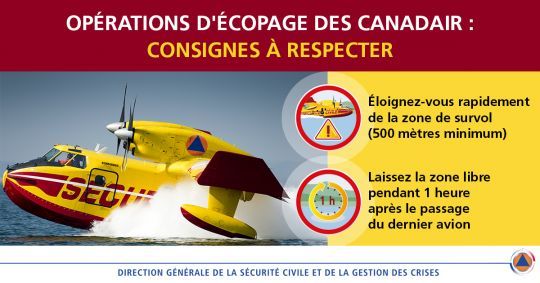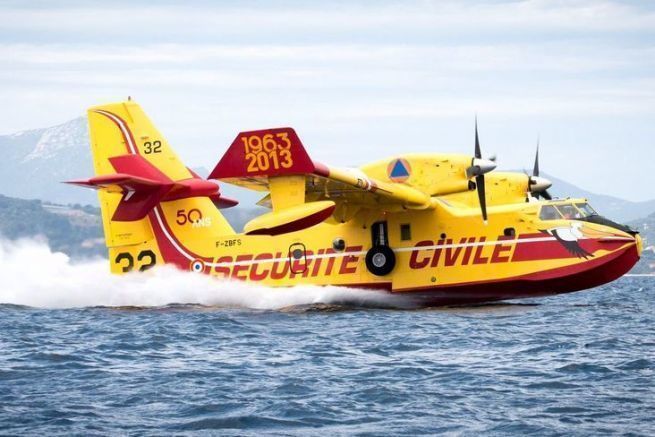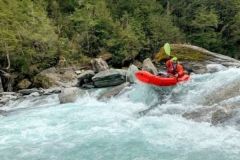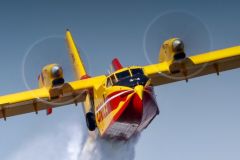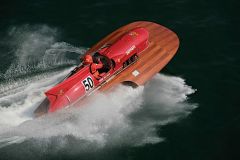A Canadair, an indispensable aircraft in firefighting
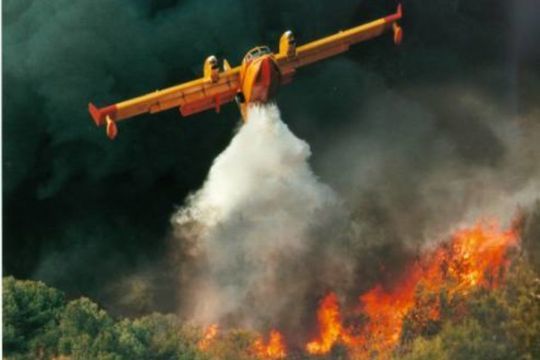
The Canadair CL 415 is a twin-engine water bomber aircraft. It is an indispensable ally in the fight against vegetation fires that often occur during the summer. The operational base of the Canadair is located at Nîmes airport, and two other aircraft are based in Corsica.
However, they can be deployed to other regions, and even abroad if the need arises. In the event of a fire alert, a Canadair must bail out on a body of water, and must repeat the maneuver until the fire is contained.
An easy to understand procedure for boaters
Before bailing out, the Canadair crew will follow a procedure to ensure that all safety conditions are met. Ideally, the maneuver should be performed into the wind and parallel to the swell. The pilot will first perform a 360 degree turn at medium altitude to get a peripheral view of the water and ensure that the water meets all the criteria for scooping.
The crew will then make a low pass on the scooping axis to signal its intentions to the other swimmers present on the water. This low pass is done at an altitude of between 30 and 50 meters. The boater must then understand that it is necessary to move away from this axis at a distance of at least 500 meters.
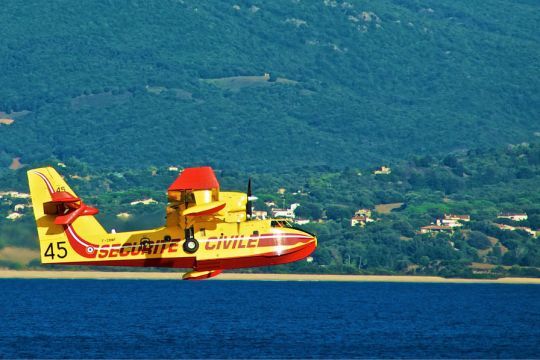
After this second reconnaissance, the Canadair came back on the same axis to proceed with the scooping. This will be done over a distance of about 400 m, skimming the surface of the water by hydroplaning, while continuing to fly.
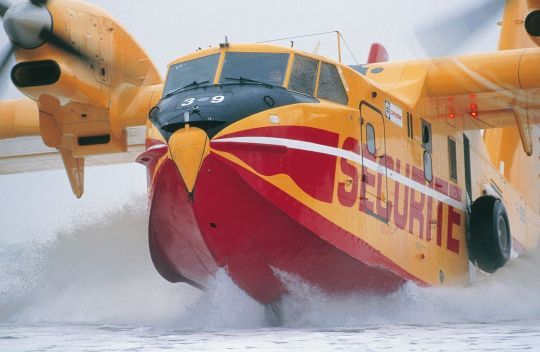
Be careful, it's going very fast! A Canadair in scooping maneuver is moving at nearly 80 knots! It takes on nearly six tons of water in about ten seconds through small scoops on the aircraft's belly.
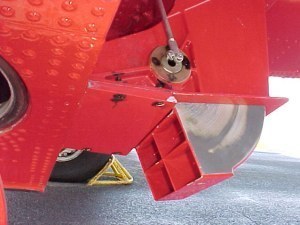
It is necessary to stay away from the scooping axis for almost an hour after the first Canadair pass. The treatment of a fire requires several bombings and the Canadairs will have to make several passes.
Several hundred water bodies listed
Canadair scooping areas are very varied: sea, rivers, lakes and even sometimes in commercial ports, in order to protect themselves from the swell. The crews train in winter and summer to maintain a high level of competence and to memorize the specificities of each water body.
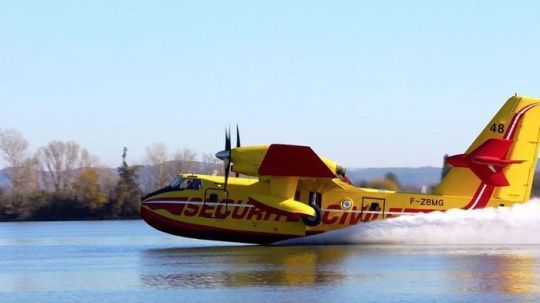
An ideal bailing route requires an available length of 2000 meters, a width of 100 meters and a minimum depth of 2 meters.
Common sense for everyone's safety
In addition to the risk of legal action if you interfere with a Canadair maneuver, it is common sense to let the crews work and to keep yourself out of the way of their scoop. Pilots are sometimes confronted with heavily motorized aircraft, jet skis, offshore, that race the Canadair in the middle of a maneuver. It is obvious that this type of behavior is to be avoided for the safety of all.
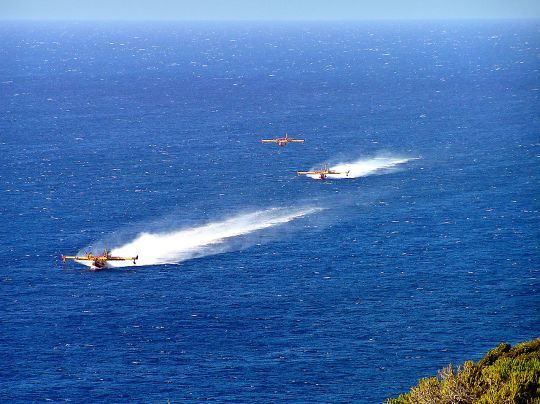
In addition, Canadair operations are expected to intensify in the coming years, and not only on the Mediterranean coast. Due to the mutation of vegetation, the limit of fires moves northward each year, and it is not uncommon for Canadairs to intervene in Brittany or in the center of France.
